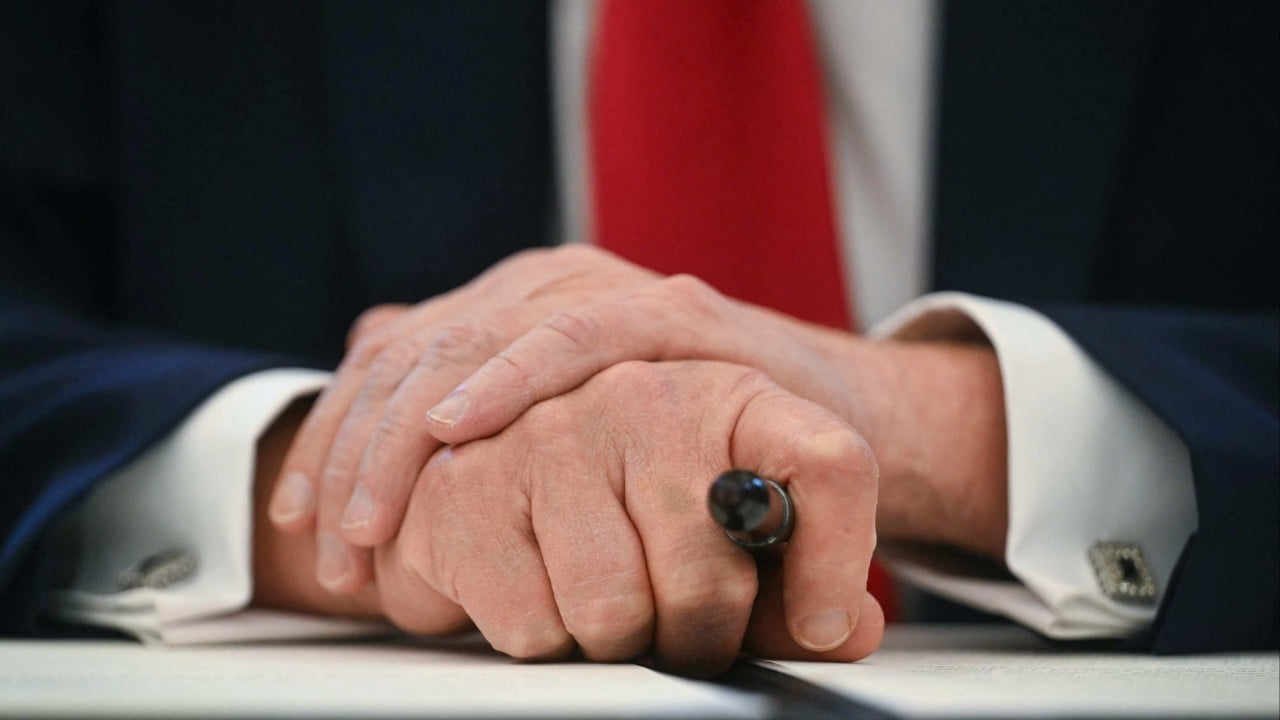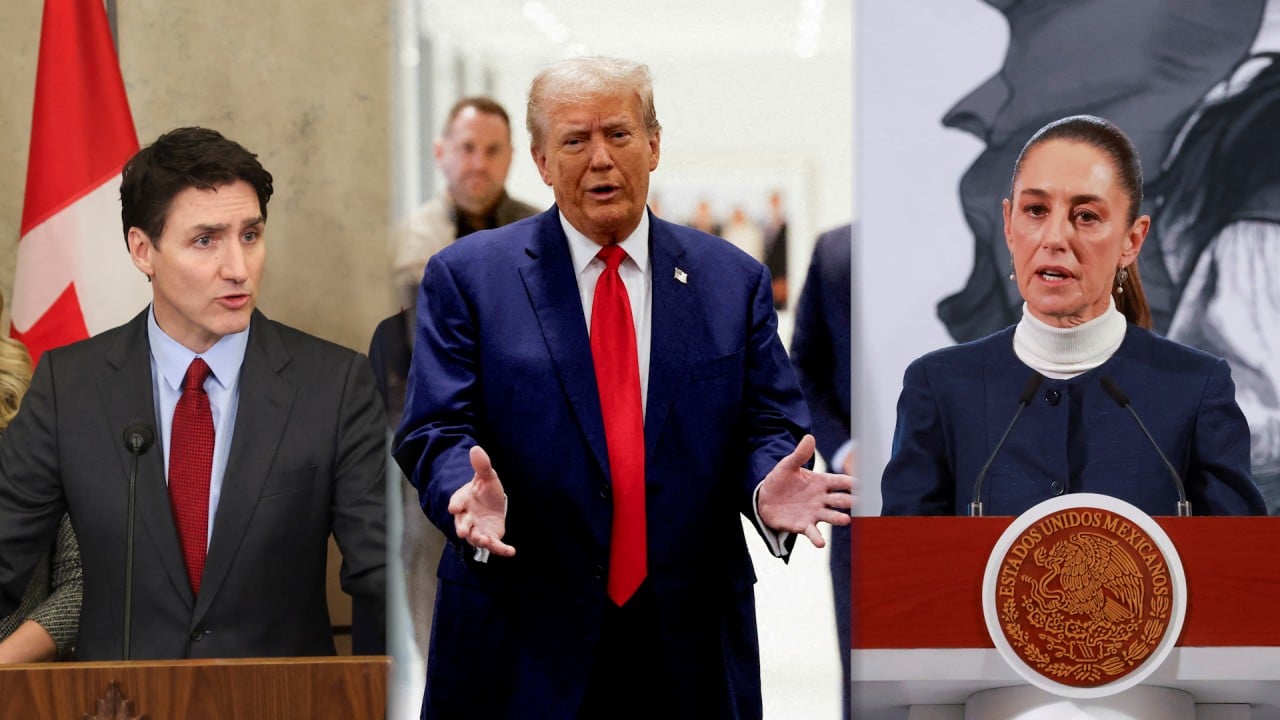Are investors too complacent about the risks posed by US President Donald Trump’s “America first” agenda? Is Trump overestimating the resilience of the US economy and markets?
Advertisement
The answer to the first question depends on the time horizon of investors and, more importantly, how concerned they are about the protectionist, anti-business and anti-democratic thrust of Trump’s agenda. It also depends on whether they even care.
Ever since Trump’s victory in the US presidential election, markets have either downplayed the acute threats posed by steeper tariffs or tried to rationalise Trump’s trade policy. There are two plausible explanations for this. The first is that some investors continue to believe Trump’s bark is worse than his bite, and the second is that markets are swayed by his pledges to deregulate the economy and cut corporate tax rates.
Trump’s capriciousness helps explain why investors keep giving him the benefit of the doubt. No sooner did Trump take North America to the brink of a trade war by imposing additional tariffs of 25 per cent on imports from Canada and Mexico than he postponed the levies by a month in an attempt to extract concessions from both neighbours.
For many investors, Trump’s impulsiveness and unpredictability support the narrative that he is a deal maker who engages in extreme brinkmanship but prioritises financial stability when push comes to shove. Trump’s willingness to pause tariffs on Mexico and Canada, coupled with his less aggressive stance towards China, are grist to the mill for investors in US stocks.
Advertisement
Another factor that helps explain the relatively muted response to Trump’s willingness to eviscerate the US’ most important trade agreement – Canada and Mexico are the country’s two largest trading partners – is that the reasons to impose tariffs, and their purpose, remain unclear. This adds to uncertainty over trade policy, contributing to differing interpretations of Trump’s renewed assault on the global trading system.


